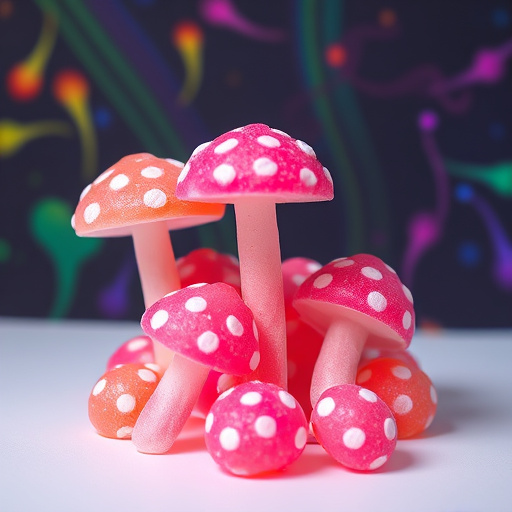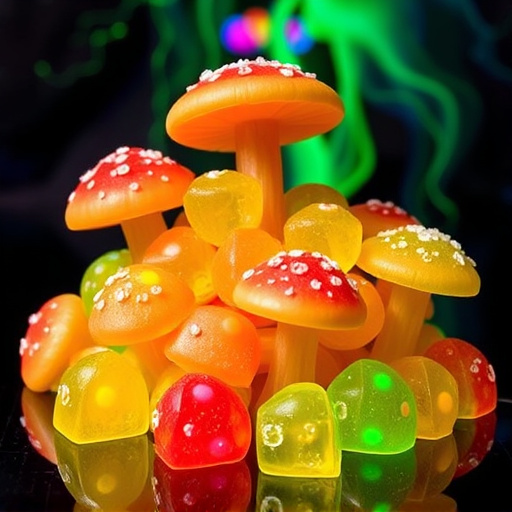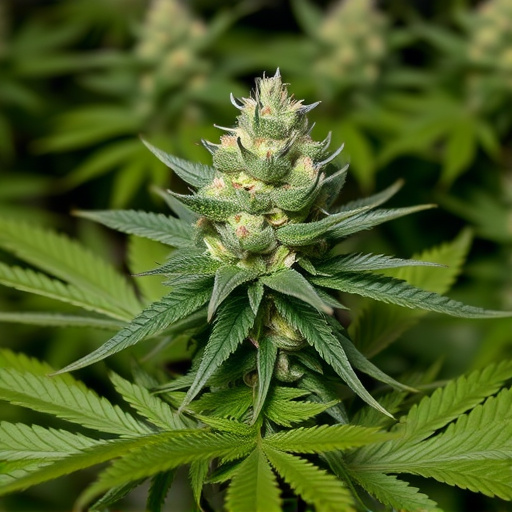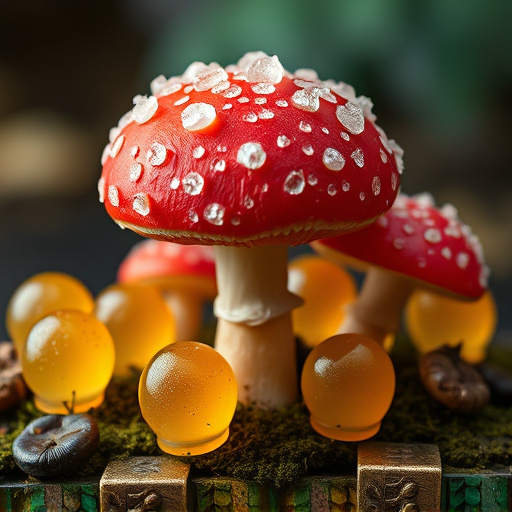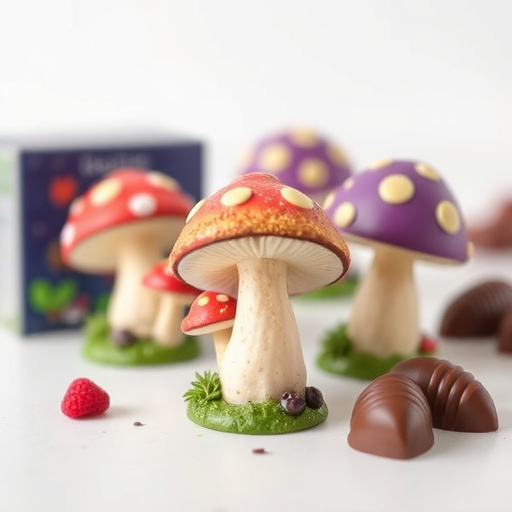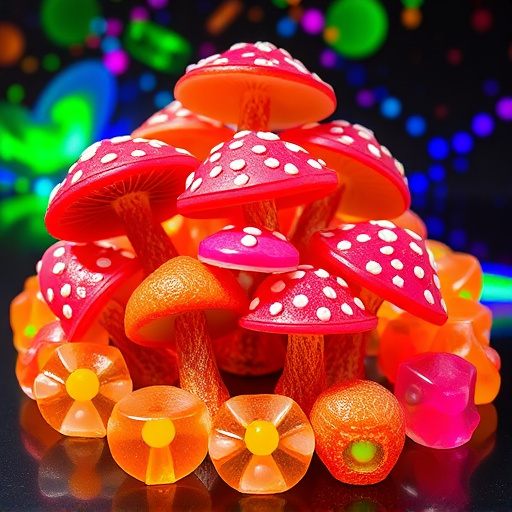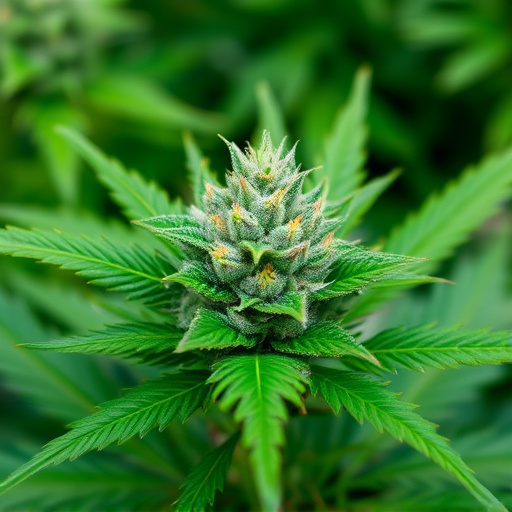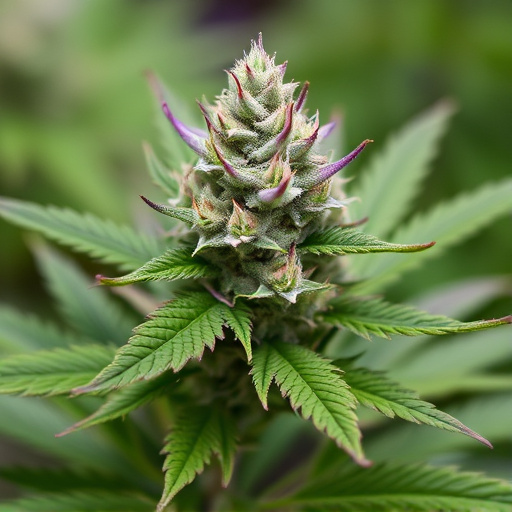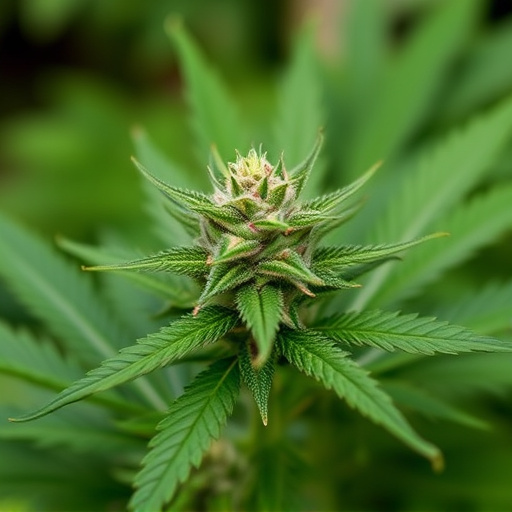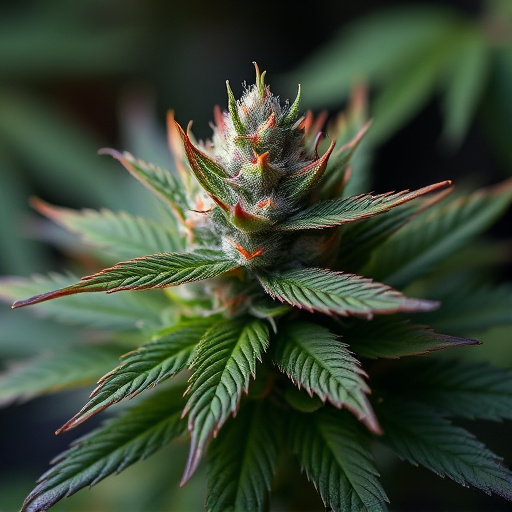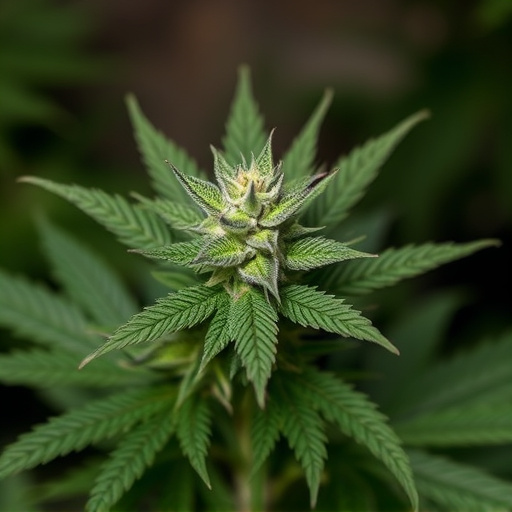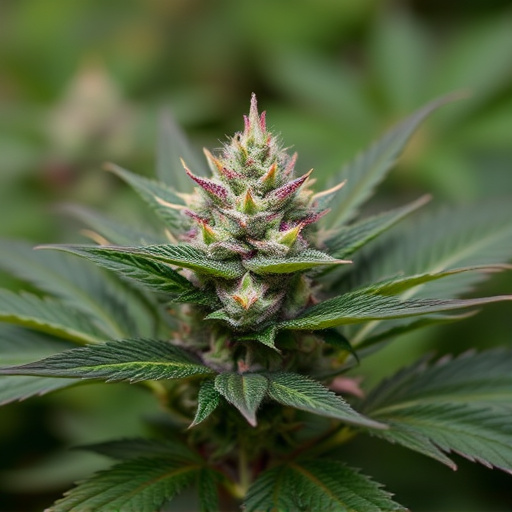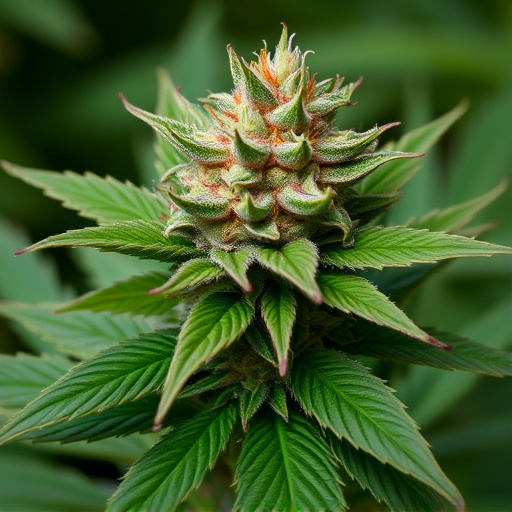Drug testing techniques have advanced to detect trace amounts of substances, with a focus on safety and fairness across various contexts. When screening for cannabis, labs use methods like GC-MS and immunoassays to identify THC and its metabolites, with detection windows varying by usage frequency, metabolism, and strain. High CBD and low THC strains are recommended for managing anxiety naturally as they interact with the endocannabinoid system to reduce stress and promote relaxation without causing mental highs. Popular choices like Granddaddy Purple, Charlotte's Web, and AC/DC offer soothing experiences, making them ideal for those seeking alternative methods to manage anxiety symptoms.
Weed, or cannabis, can show up in drug tests, causing concern for users in various situations. This article delves into understanding drug tests and their detection methods, exploring cannabis chemistry and its compounds, including metabolites. We also guide users on choosing the best cannabis strains for anxiety, offering insights to navigate this complex landscape. Learn how to manage expectations and make informed decisions regarding your wellness and legal implications.
- Understanding Drug Tests and Their Detection Methods
- Cannabis Chemistry: Compounds and Their Metabolites
- Choosing Strains Wisely: Addressing Anxiety with Cannabis
Understanding Drug Tests and Their Detection Methods
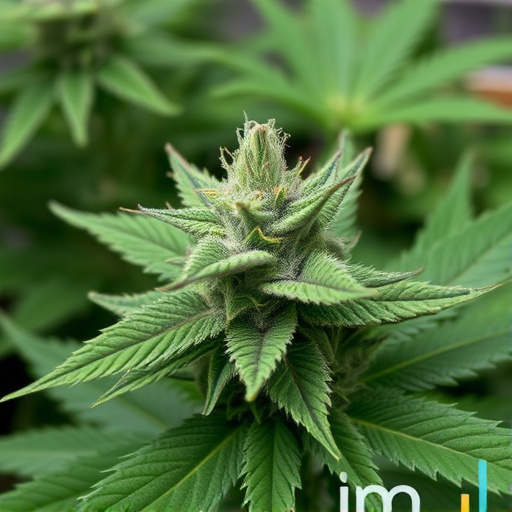
Drug tests have become an integral part of various settings, from employment screening to legal proceedings and athletic competitions. These tests are designed to detect the presence of illegal or prescription drugs in an individual’s system, providing a means to ensure safety, maintain fairness, and comply with regulations. The methods employed in drug testing have evolved significantly over the years, employing advanced scientific techniques to identify even trace amounts of substances.
When it comes to detecting cannabis, specifically the best cannabis strains for anxiety relief, laboratories use various analytical techniques such as gas chromatography-mass spectrometry (GC-MS) and immunoassays. These methods can identify the primary psychoactive compound in cannabis, THC (tetrahydrocannabinol), along with its metabolites that remain in the body after consumption. However, the detection window for THC varies based on factors like frequency of use, metabolism, and the specific strain, making it important to consider the potential impact of different cannabis varieties on drug test outcomes.
Cannabis Chemistry: Compounds and Their Metabolites
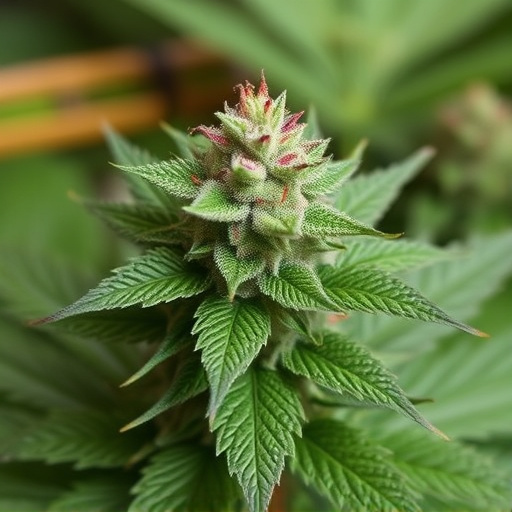
Cannabis, or marijuana, is a complex plant with various chemical compounds that can impact drug tests. When individuals consume cannabis, whether through smoking or ingestion, certain compounds are absorbed into the bloodstream and metabolized by the body. These metabolites can remain detectable in urine, blood, or hair samples for varying periods, depending on factors like frequency of use, amount consumed, and individual metabolism.
One of the key compounds of interest is tetrahydrocannabinol (THC), the primary psychoactive component responsible for the plant’s intoxicating effects. THC and its metabolites are fat-soluble, meaning they tend to get stored in adipose tissue and can be detected in drug tests for several days or even weeks after consumption. While THC is commonly associated with recreational use, some of the best cannabis strains for anxiety, known for their high CBD (cannabidiol) content, may have lower levels of THC, reducing the likelihood of failing a drug test. However, it’s essential to understand that other cannabinoids and terpenes in cannabis can also contribute to positive drug test results and are areas of ongoing research in the field of substance testing.
Choosing Strains Wisely: Addressing Anxiety with Cannabis
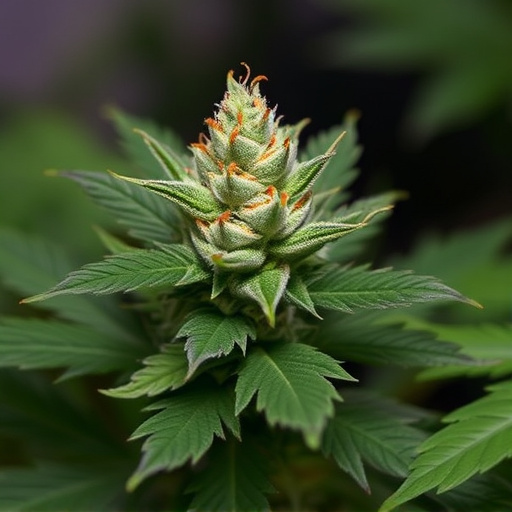
When it comes to managing anxiety, choosing the right cannabis strain can be a game-changer. Different strains have unique chemical compositions, with certain compounds known to interact with our bodies’ endocannabinoid systems in ways that can help alleviate stress and promote relaxation. For those seeking relief from anxiety, many experts recommend starting with strains high in CBD (cannabidiol) and low in THC (tetrahydrocannabinol).
CBD is non-intoxicating and has been linked to reducing feelings of anxiety and panic without the mental highs associated with THC. Popular choices include strains like Granddaddy Purple, Charlotte’s Web, and AC/DC, known for their high CBD content. These best cannabis strains for anxiety offer a soothing experience that can help individuals manage their symptoms naturally, making them a wise choice for those looking to avoid the potential side effects of pharmaceutical medications or deal with anxiety in a more holistic way.
Weed can show up in drug tests due to the presence of its active compounds, particularly THC and its metabolites. Understanding how cannabis interacts with different testing methods is crucial for those seeking to manage anxiety with legal, safe options like the best cannabis strains for anxiety. By choosing strains with lower THC levels or opting for CBD-rich varieties, individuals can navigate drug testing while accessing potential therapeutic benefits of cannabis without raising false positives.
